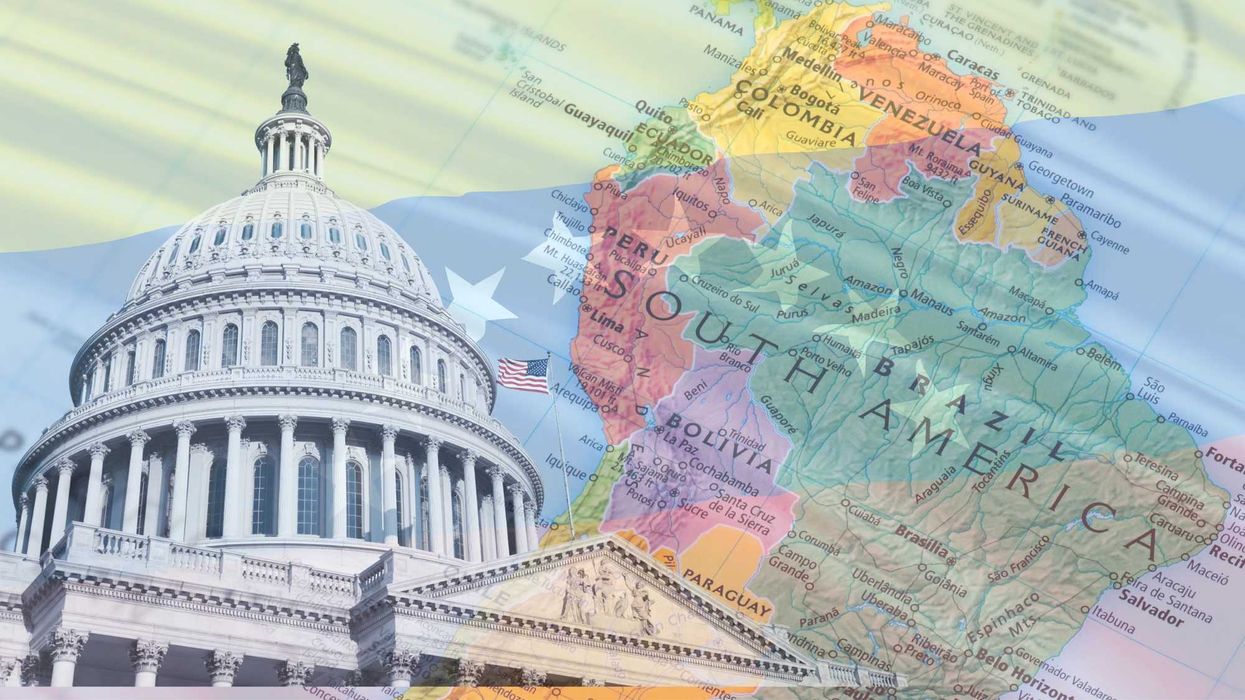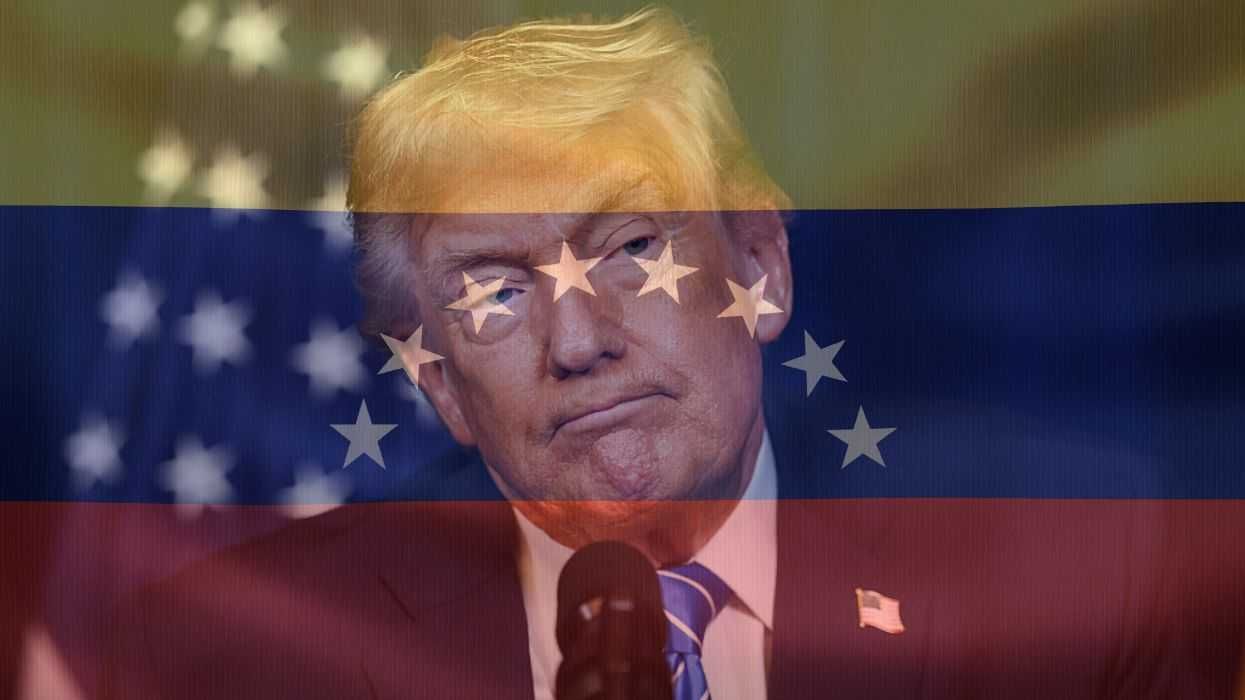I want to offer you a different lens through which to better understand the climatological and environmental crises that we—indeed all of humanity—are facing. I would like you to view these crises through the long lens of our planet’s geologic and evolutionary history.
From the beginning of our planet’s formation, some 4.6 billion years ago, to the present there have been five major extinction events which destroyed anywhere from70% (during the Devonian Period) to 95% (at the end of the Permian Period) of all living things on earth. These extinctions were natural events: caused by some combination of rapid and dramatic changes in climate, combined with significant changes in the composition of environments on land or in the ocean brought on by plate tectonics, volcanic activity, climate change (including the super cooling or super heating of earth), decreases in oxygen levels in the deep ocean, changes in atmospheric chemistry (acid rain), changes in oceanic chemistry and circulation, and in at least one instance, a cosmological event—the massive asteroid strike inChicxulub, near what is now the Yucatan peninsula.
Contrary to climate change detractors, science-deniers and those who refuse to acknowledge the climatological and environmental crises facing us, any notion that these do not exist, will not come to fruition, or that humans will somehow subdue the earth is utter nonsense. Rather, it is the earth and cosmos that will, in due course, subdue all living things—as nature has already done, time and time again, for billions of preceding years.
Indeed, and to that point, our planet is presently in the midst of adverse climatological changes and a sixth major extinction event—in this instance, however, both caused by human beings.
And that brings me to the new apex predator--US.
Humans--homo—evolved from a genus of apes about 2.5 million years ago. Our species, homo sapiens, evolved from these early humans, between 300,000 and 200,000 years ago. Up until a time between 40,000 and 10,000 years ago (12,000 years ago is the date most frequently cited) humans lived in small hunting and gathering groups. It was during this time forward, that various of these hunter/gatherer groups settled in larger units—villages, towns, cities, and empires--planting and harvesting food crops, domesticating animals, and dividing labor as a more efficient way of living. Modern civilization.
If one were to view this geologic and evolutionary history through the lens of a standard 12-month calendar, life first appeared on January 1st; the dinosaurs went extinct on December 25th; humans first appeared at 11:00 pm on December 31st; and modern civilization began at two minutes before midnight on December 31st.
During these two minutes homo sapiens crafted written language, digital technology, and methods to communicate information anywhere in the world in seconds. We split atoms, and harnessed their power. We sent people to the moon. Our presence in space grows more far-reaching and sophisticated each year. With our space-based telescopes, we have observed the light from a few hundred thousand years after our universe’s formation.2 We domesticated animals, and we grew agriculture on a massive scale. We invented treatments and cures for a goodly number of ills that killed many of us less than a hundred years ago. We probed the depths of the oceans. We learned how to change the structure of DNA and genes, ours included. We developed machine intelligence that will in all likelihood, itself, become sentient in not too many years. We explored the particles and forces that comprise time, space, gravity, and the laws that created us and still enable our very existence.
All of that in those two minutes.
However, in those same two minutes we also created monotheistic religions; we wrote sacred texts; and, for good and evil, we empowered priests, pontiffs, prelates, and prophets to institutionalize our sectarian myths. We governed ourselves with warlords, kings, queens, dictators, and presidents, counting among those both the wisest and most evil and ignorant leaders. We warred against each other constantly, and killed billions of us. We explored, and we decimated indigenous populations in the process. We hold on to systemic racism, sexual and gender-based phobia, misogyny, and xenophobia. We discriminate against and punish each other for our differences. And, we have fouled our nests, our waters and our air with allmanner of filth, waste, disease, pollution and, ultimately, the heat from our industriesand lifestyles equivalent to 400,000 Hiroshima-sized atomic bombs detonating everyday--four every second.3 Since the start of the industrial revolution we have pumped over 2000 billion metric tons of CO2 into the atmosphere—presently, about 40 billion metric tons every year; over 5000 million metric tons by the U.S. alone.
We are the first species with the power to render our kind and most otherliving things extinct; and we are exercising this power to do just that. Homo sapiens has become homo extinctor (man the destroyer, the annihilator).
All in those same two minutes.
We became so smart, so fast, that we outsmarted ourselves. Modern humans have existed but for a nanosecond of geologic time. But, look at the appalling, toxic mess that we have created in our two minutes on earth.
Indeed, if we do not change course, if we do not engage our prefrontal cortex to rein-in our limbic brain, we will not be around for the next two minutes in a new January 1st. If we are to preserve the right of this and future generations to exist in
a clean and healthful environment, then we must act.
And, make no mistake, we don’t have a million years to get our act together—that option is not on the table. We will not have another 40,000 years much less even 12,000 years--another two minutes-- to learn to respect and nurture what our planet has given us, and to try to slow the progress of the disastrous climatologic and environmental Rubicon we are destined to cross within the next six years. As it is, it will take many thousands of years, if not more, for our planet to recoup and rebalance from the excesses and mismanagement already committed in our two minutes of stewardship.
We are at the edge of the abyss. If we don’t change, homo extinctor will have destroyed most living things, and, in the end, will have annihilated our own species.
Our two minutes on earth will be over. And, we will have squandered it.
James C. Nelson is a retired attorney and served as an associate justice of the Montana Supreme Court from 1993 through 2012.




















